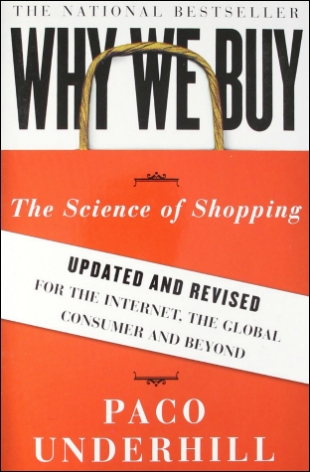"In stores, as in life, there are good times and there are bad times. Good times — meaning any time a customer is shopping — you want to stretch. Bad times you want to bend.
"Bad times are whenever the customer is made to wait. Understandably, they don't like it, but as reasonable beings, they'll do it — up to a point. Beyond that, though, comes trouble. In study after study, we've seen that the single most important factor in determining a shopper's opinion of the service he or she receives is waiting time. If they think the wait wasn't too bad, they feel as though they were treated capably and well. If the wait went on too long, they feel as though the service was poor and inept. Quite simply, a short wait enhances the entire shopping experience and a long one poisons it.
"But it's possible to 'bend' waiting time — to alter how shoppers perceive it. You can even turn bad times into good times.
"First, a word about the whole issue of time and perception. There's the watch on your wrist, which is probably a highly accurate instrument, but there's an even more important clock inside your head. That mental timepiece is highly susceptible to outside influences, and yet it counts more than any Rolex. We've interviewed lots of shoppers on the subject and have found this interesting result: When people wait up to about a minute and a half, their sense of how much time has elapsed is fairly accurate. Anything over ninety or so seconds, however, and their sense of time distorts — if you ask how long they've been waiting, their honest answer will usually be a very exaggerated one. If they've waited two minutes, they'll say it's been three or four. In the shopper's mind, the waiting period goes from being a transitional pause in a larger process (purchasing goods, say) to being a full-fledged activity of its own. That's when time becomes very bad. Time is a cruel master in the world of shopping. Taking care of a customer in two minutes is a success; taking care of a customer in three minutes is a failure."
